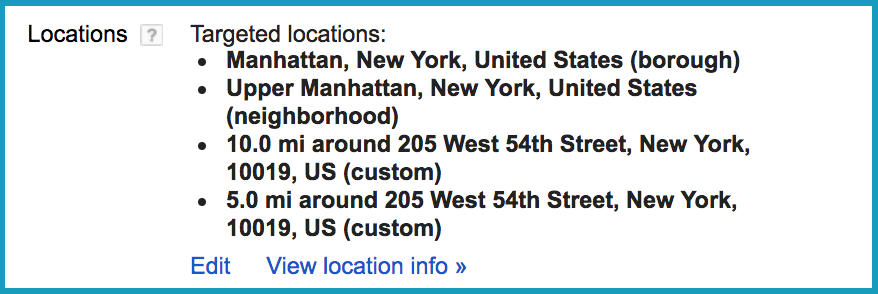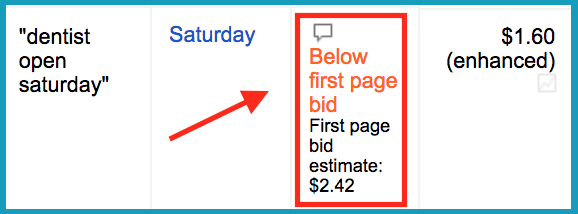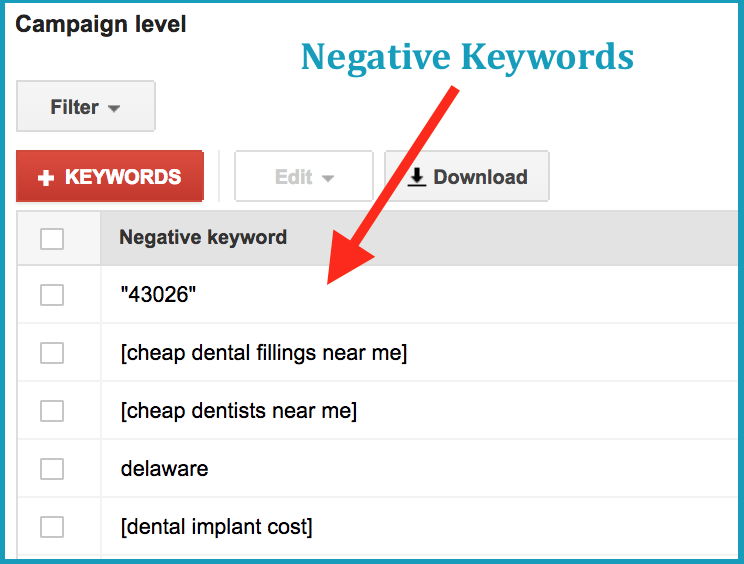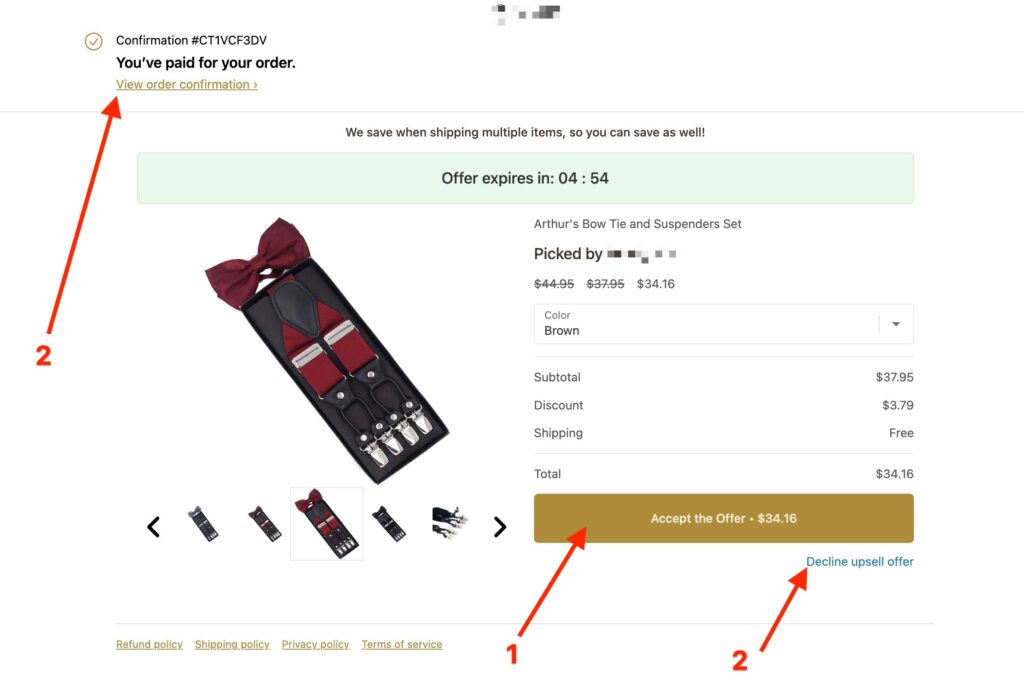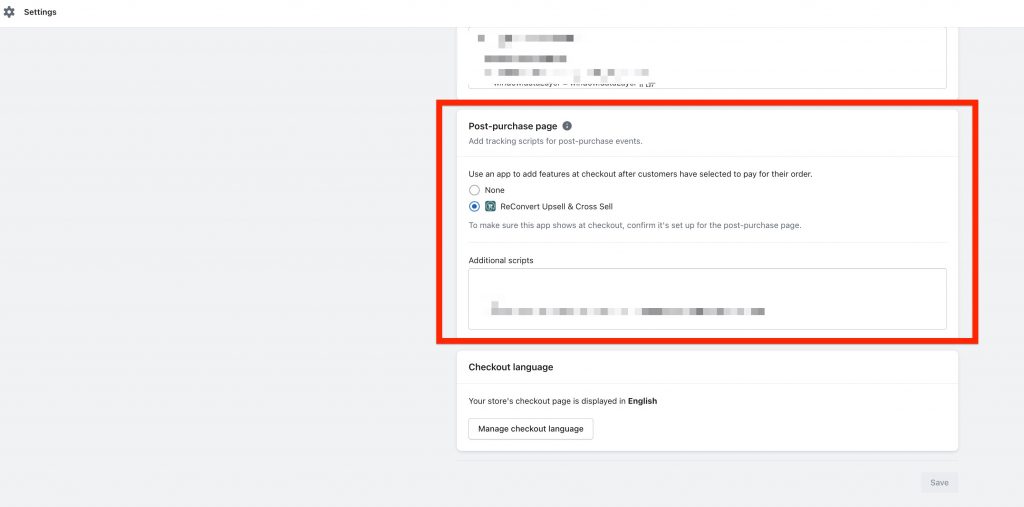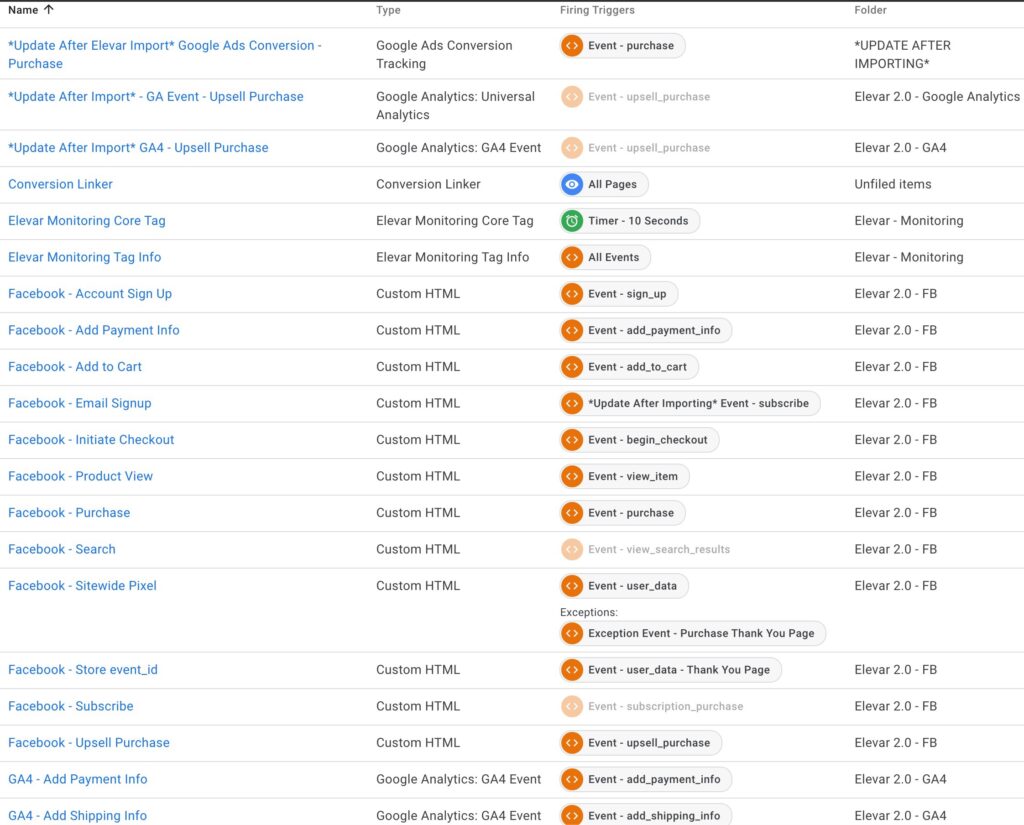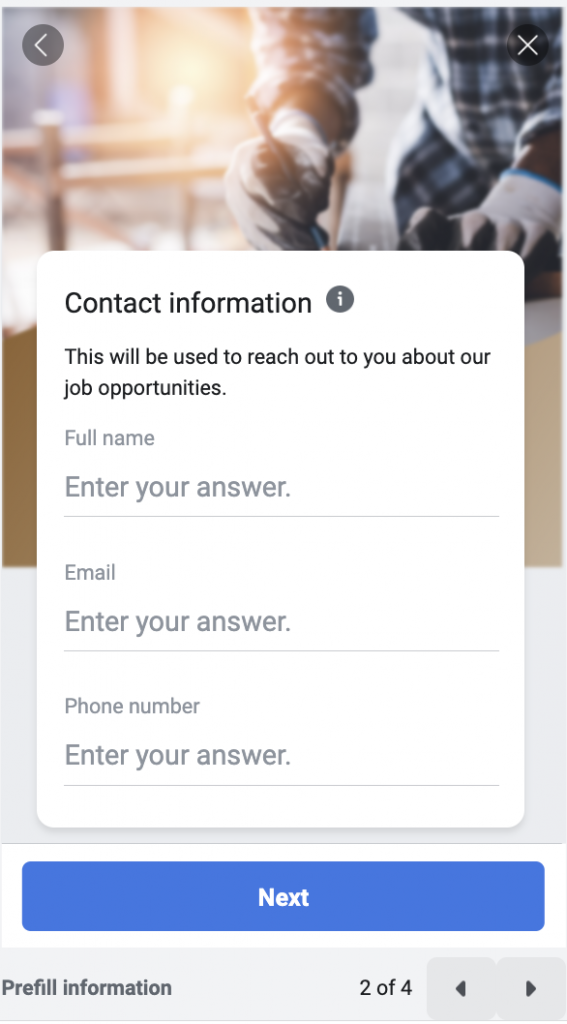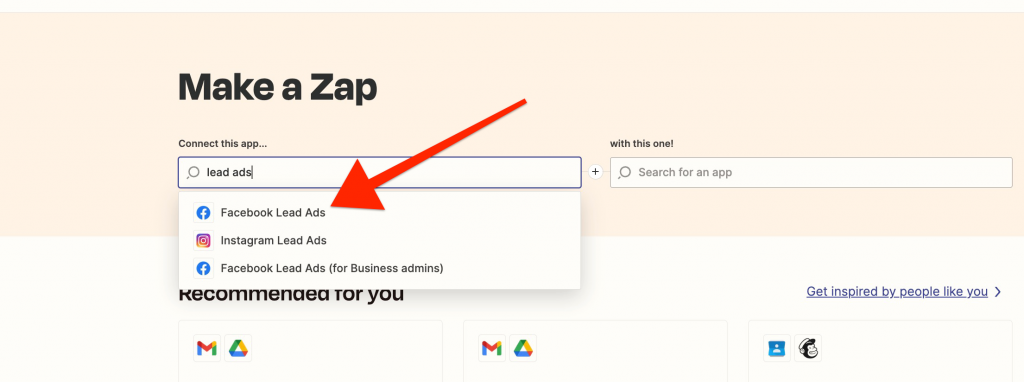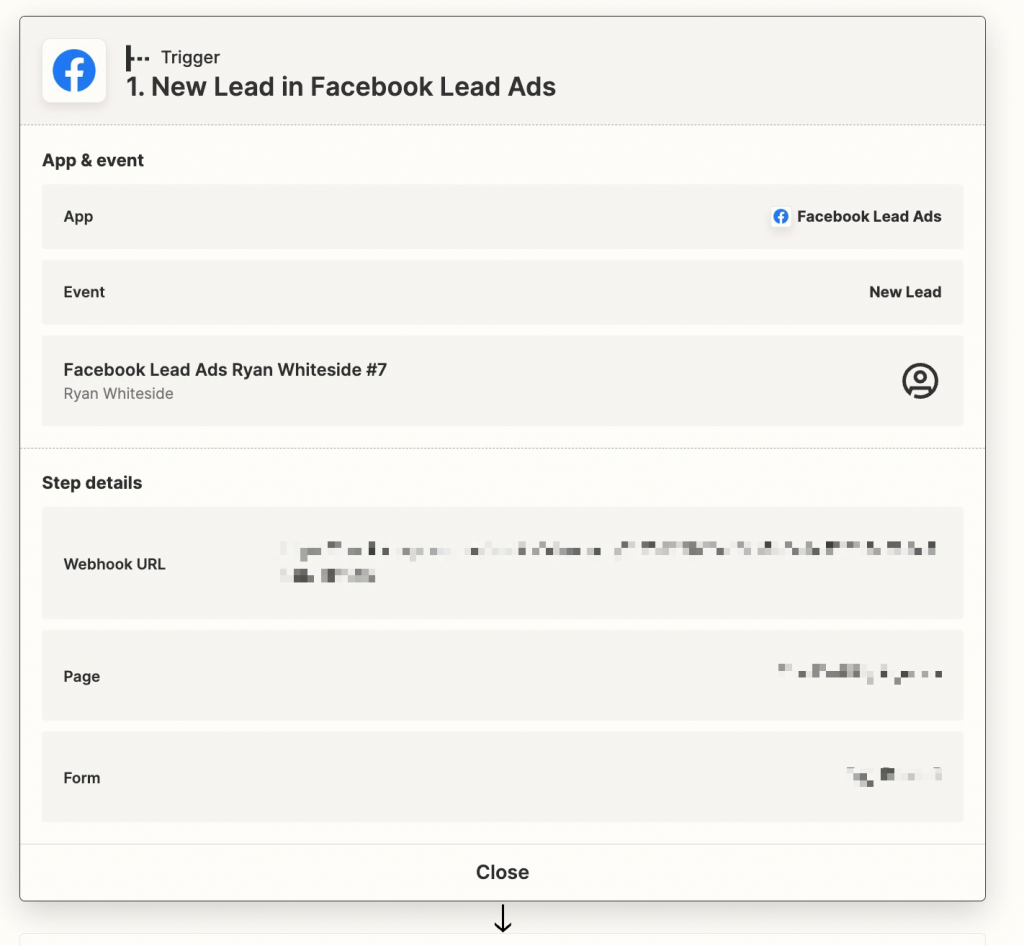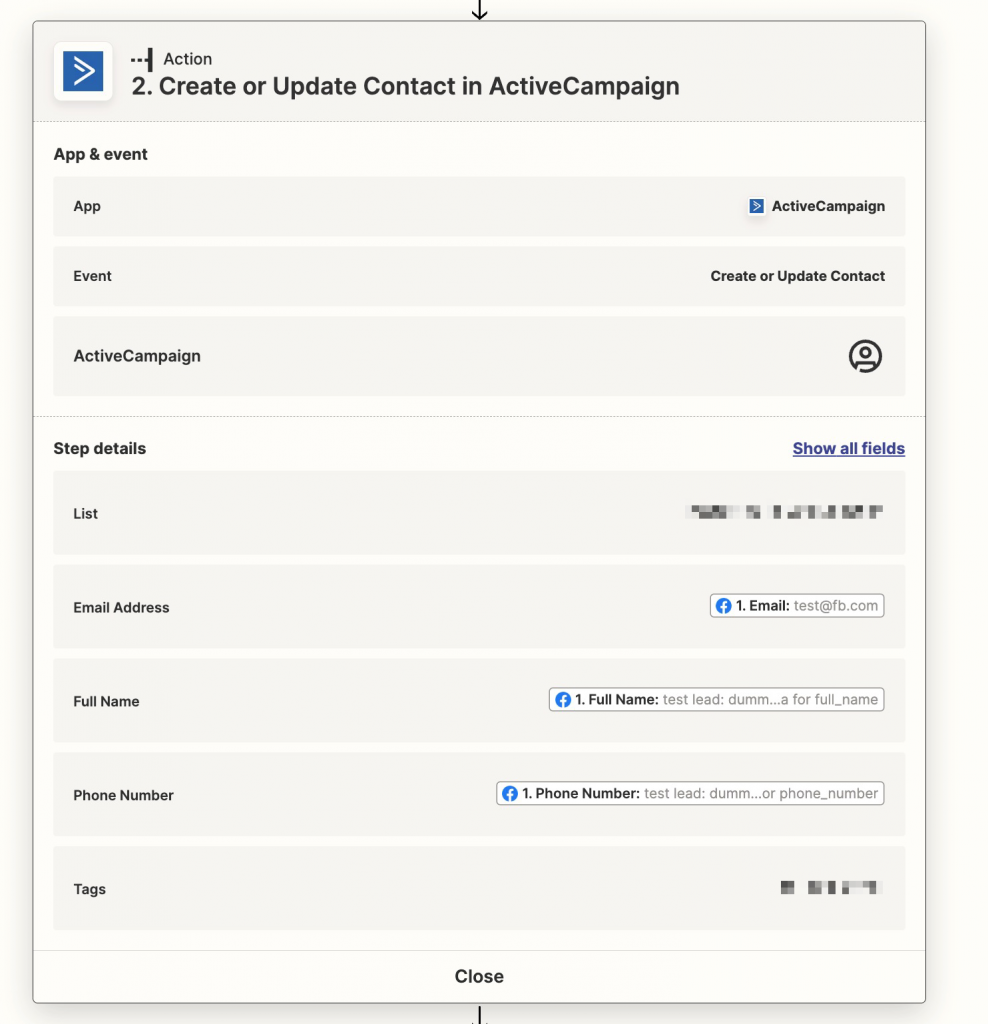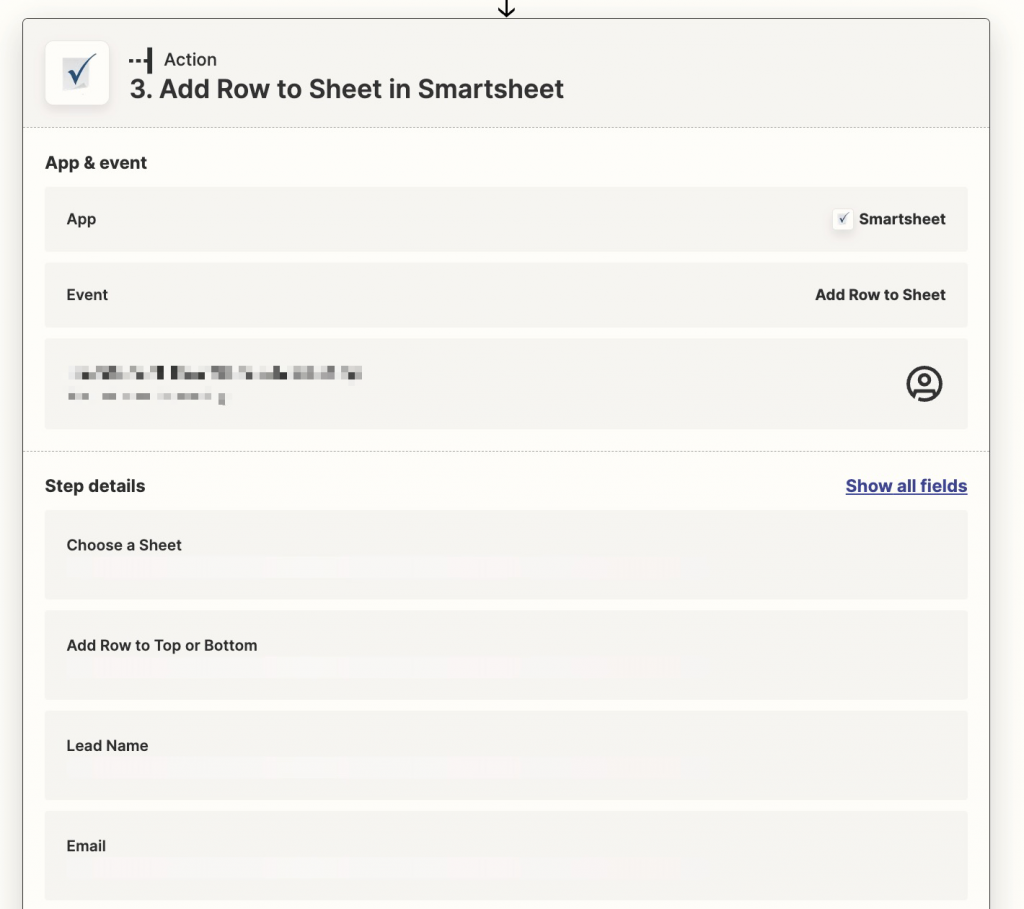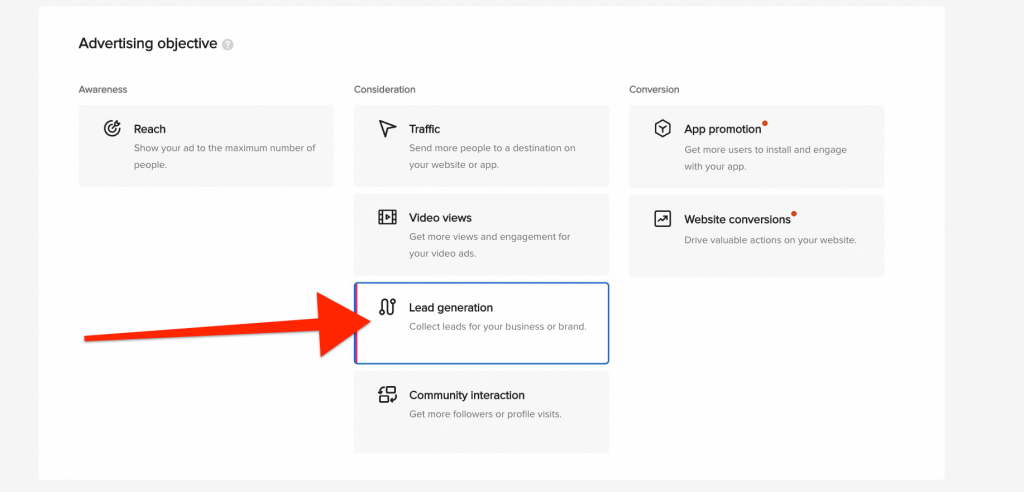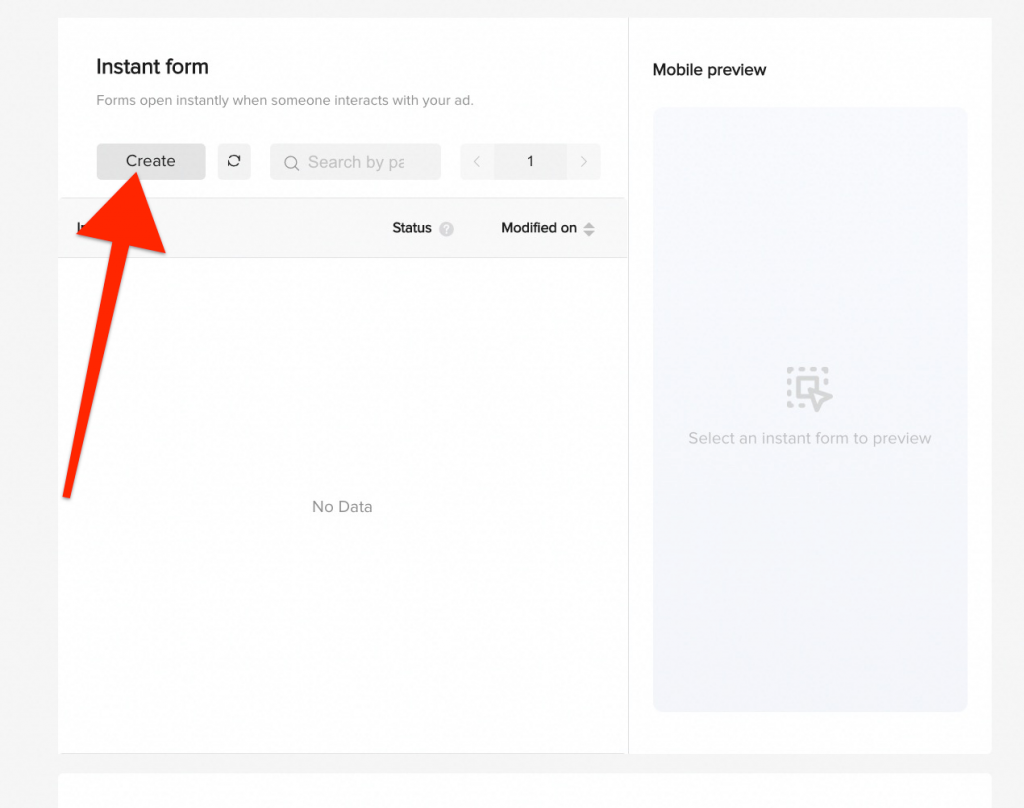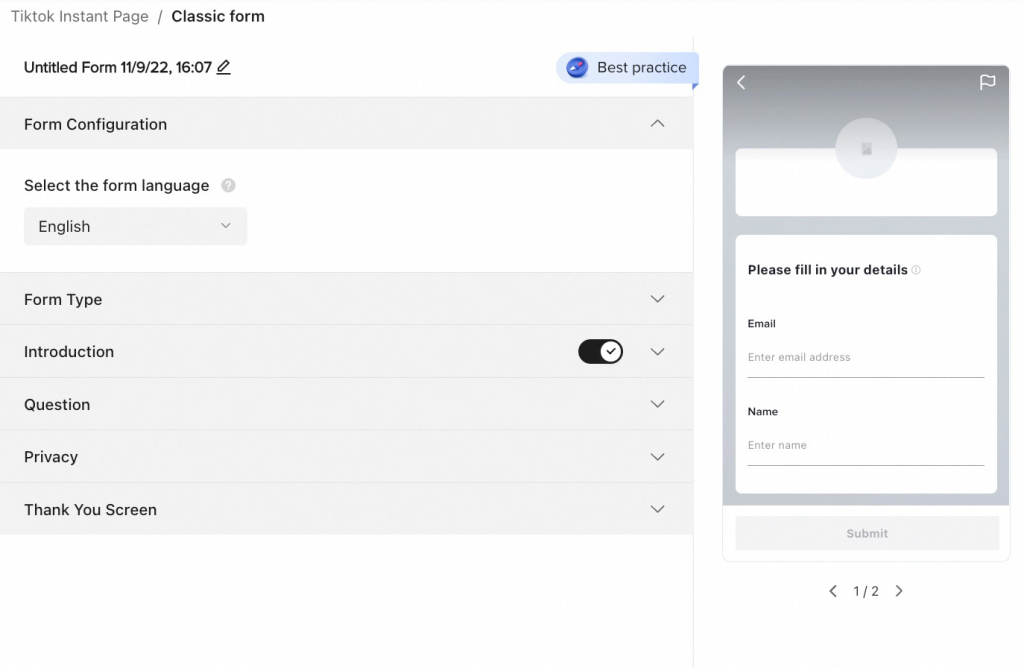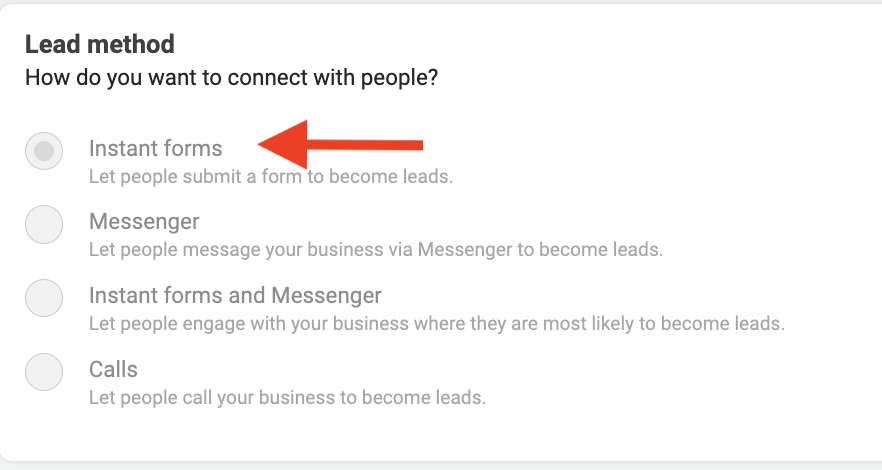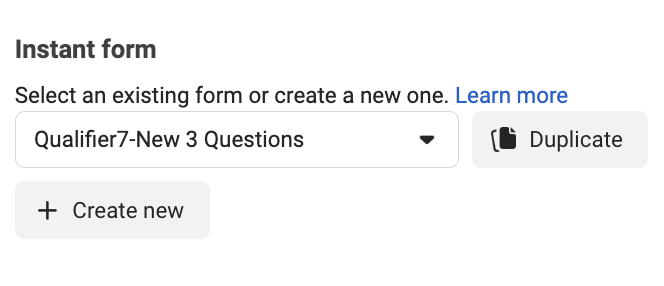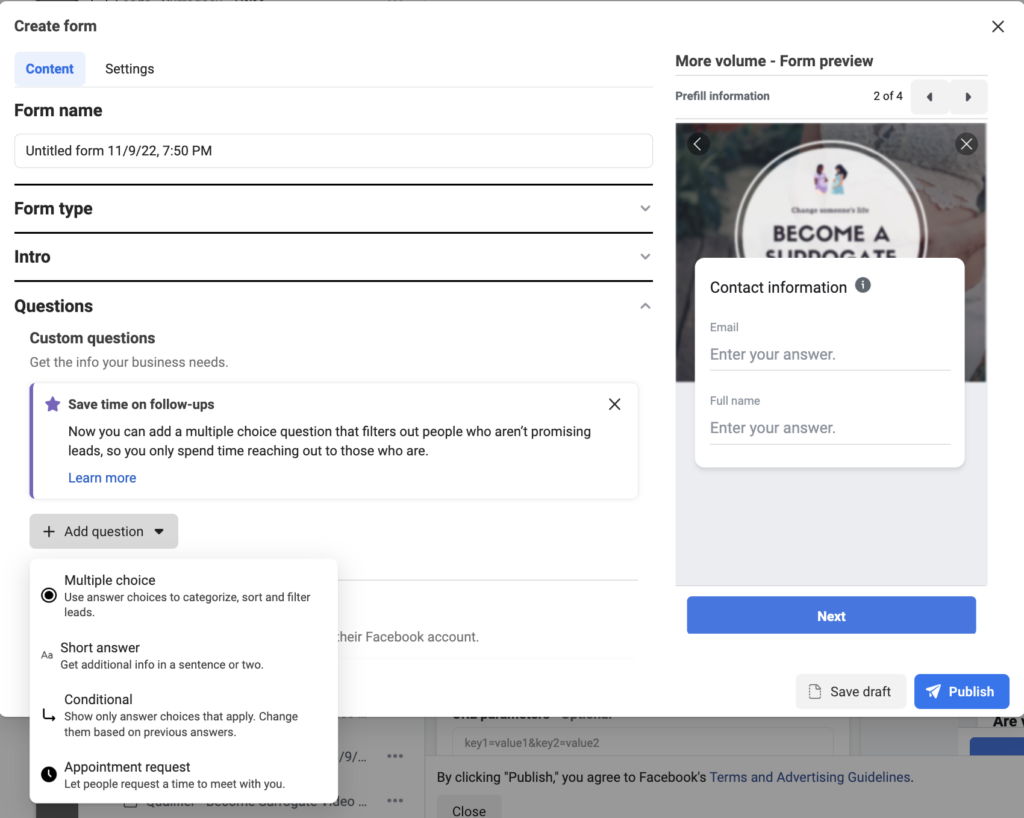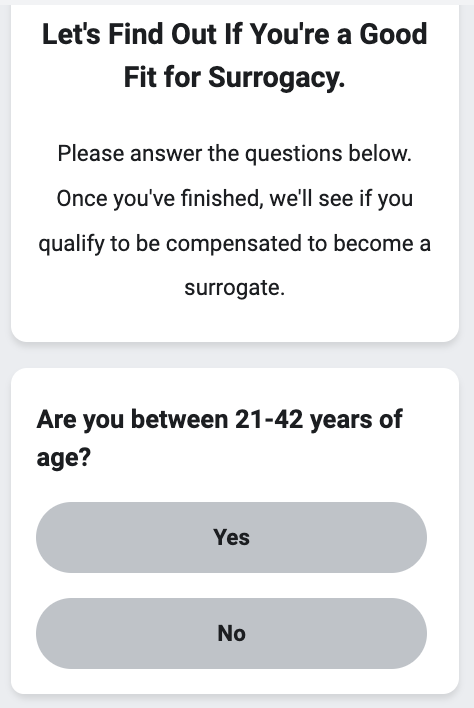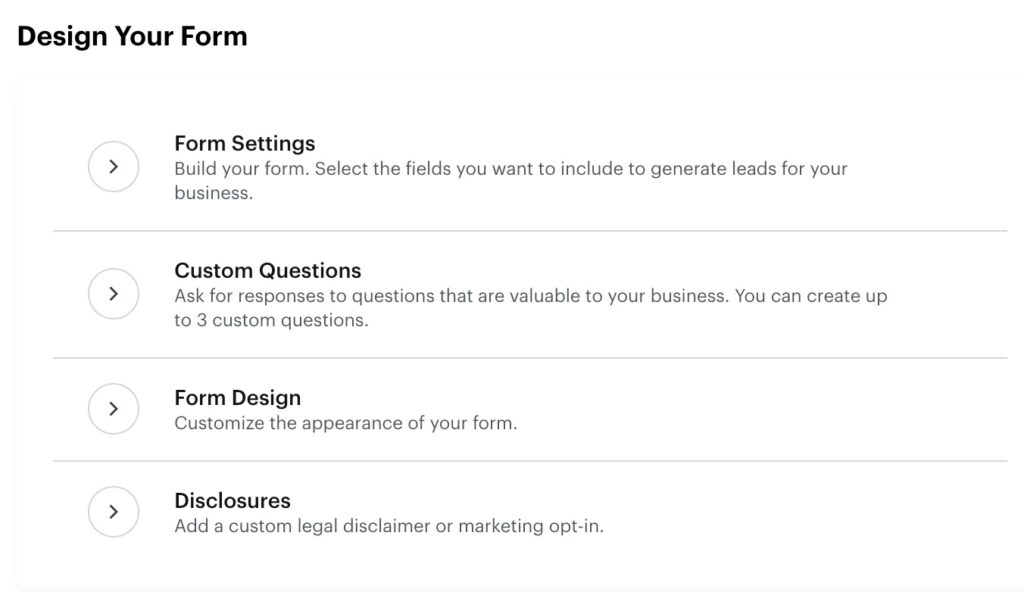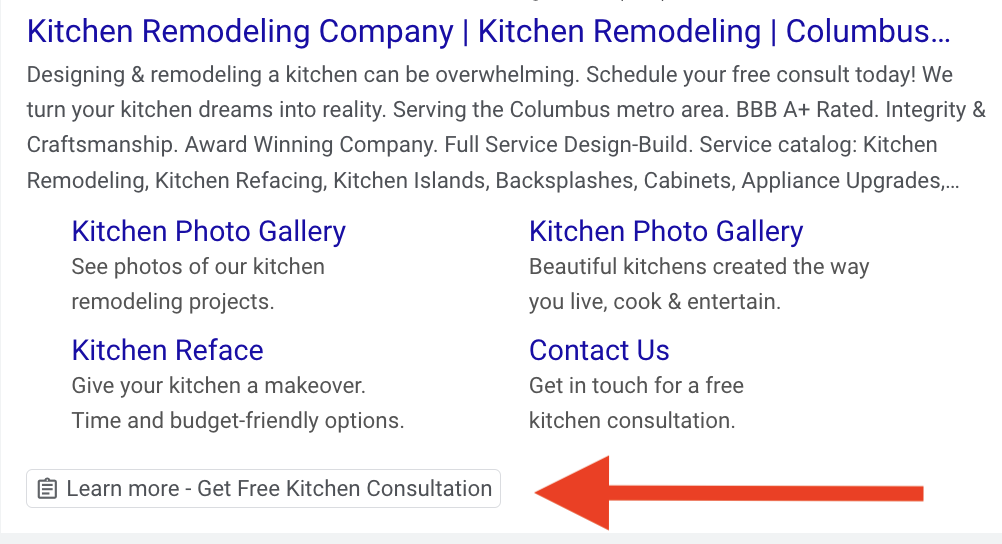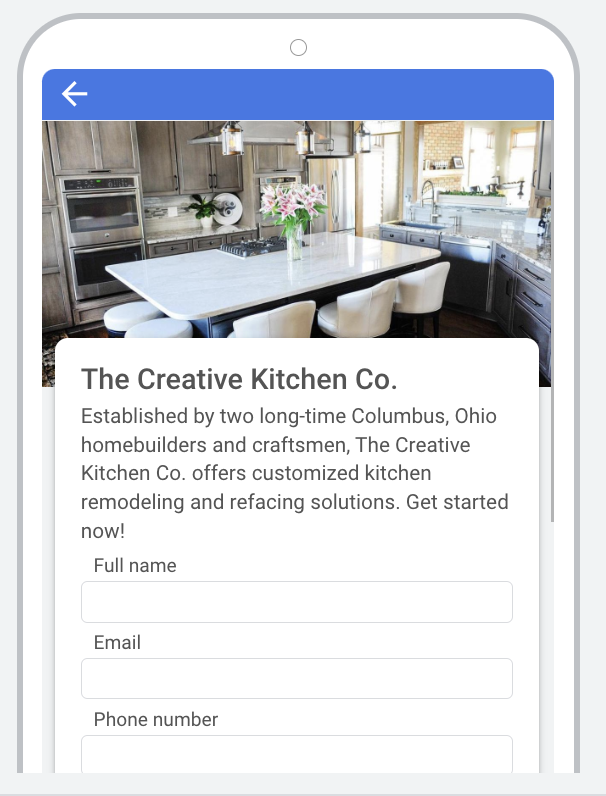Google Ads Campaign & Keyword Settings Affecting Your PPC Results
Why are my ads not showing for the keywords I specified?
Maximize your PPC results with our guide on Google Ads campaign and keyword match settings. Learn what campaign settings to watch out for and how to use match types to reduce wasted clicks and drive conversions.
Keyword match types and campaign settings are the backbone of how Google Ads interpret the keywords and audiences you target in your campaigns. They directly influence your online visibility and the performance of your ads.
But have you ever found that, after hours of keyword and competitive research to pick out the perfect keywords, your search terms report reveals that your ads are appearing for searches you never bid on in the first place?
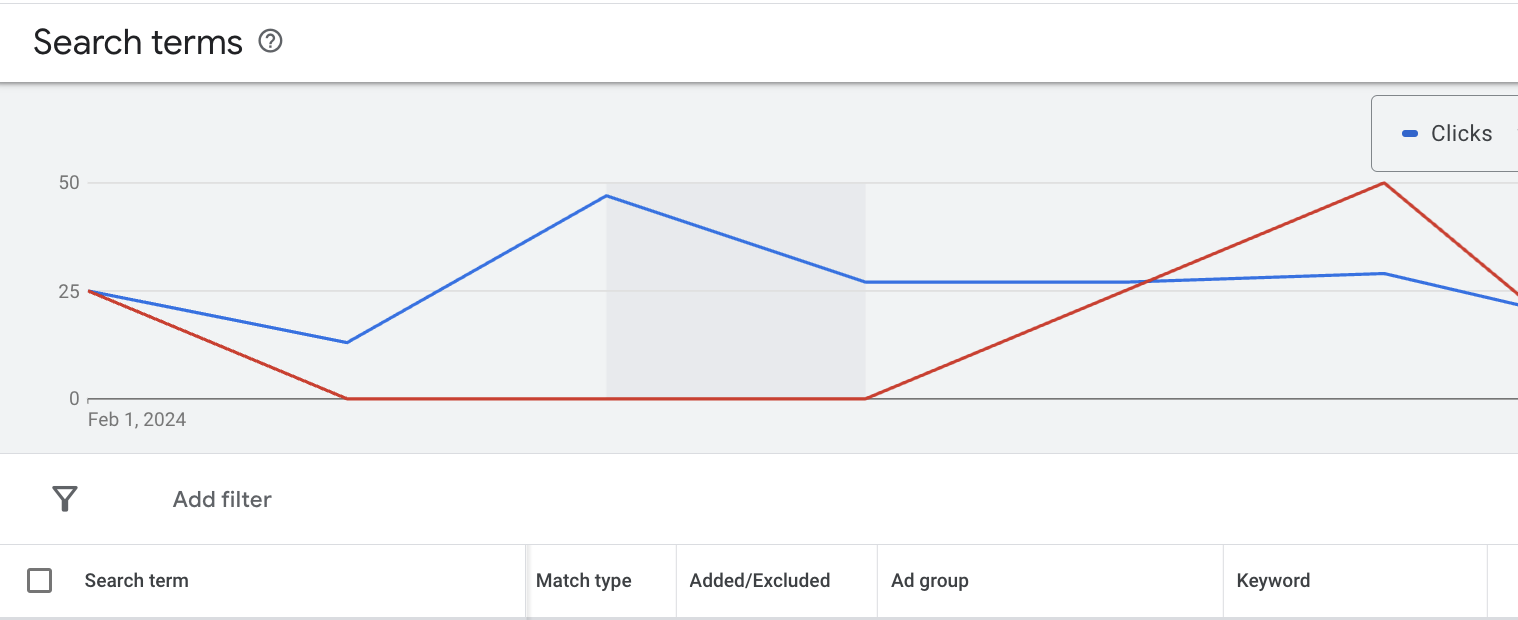
In this guide, we'll cover keyword match types and Google Ads campaign settings so you can maximize your spending on keywords and minimize wasted clicks.
What Are Keyword Match Types For Google Ads?
Keyword match types are settings to control which search queries (the searches people actually do) trigger your PPC (pay-per-click) ads to appear. These settings help define the relationship between your targeted keywords and the myriad of searches people conduct every day.
Broad Match Keywords
Broad match types—the default match type setting in Google Ads—are designed to attract more visitors with less effort in building keyword lists. While broad match enables your ads to appear for a wide range of search queries, this extensive reach can sometimes lead to less high-quality leads.
Google defines broad match as "A keyword match type allows your ad to show on searches that are related to the meaning of your keyword, which can include searches that don’t contain the keyword terms."
Meaning, your ads could appear for a wide myriad of terms that "are related" to the actual keywords you started with, not your actual keywords.
Phrase Match Keywords
Phrase match allows your ad to appear for searches that include your keyword or close variations. So if your keyword is "organic coffee beans," your ad could appear for "buy organic coffee beans online" but not for "coffee beans organic." *Note - Google Ads is very loose on “close variations” for both Phrase Match, Broad Match and even Exact Match. So your ads may display for keywords that you did not exactly bid on.
Exact Match Keywords
(In theory), When you use exact match types, your ads will only show when the search query exactly matches your keyword or very close variations with the same meaning. However, relying solely on exact terms could mean missing opportunities to discover new, relevant search queries that could drive conversions. *Note - Google Ads is very loose on “close variations” for Exact Match. So you may show ads for keywords that you did not exactly bid on.
Negative Phrase Match Keywords
Using negative keyword match types is one of the most potent settings to optimize your campaign. Specifying a negative keyword list means you can prevent your ads from showing for searches that are irrelevant to your offerings. This is particularly important as Google's algorithms have become more lenient in interpreting search queries as mentioned above. Negative keywords are more important than they ever were in today’s Google Ads landscape.
Campaign Settings Affecting Your Google Ads Keyword Results
Beyond your keyword match types, there are several relevant campaign settings that can also have a significant impact on your results. Campaign settings work in tandem with your chosen keyword match types to refine and direct your advertising efforts more effectively.
Here are a few common keyword match settings that could be negatively influencing your search campaign results.
Location Settings
If the campaign locations are set too broadly or inaccurately, Google Ads might interpret this as a license to display your ads to users outside your intended target area. This will dilute the focus of your campaign, attracting clicks from users who are unlikely to convert.
Advanced location settings also allow for targeting potential customers interested in your location based on search activities—not just those who are physically present in your location. Beware—utilizing this setting could lead your ad to appear for searches which might not always be your target. This setting is called: Presence or interest: People in, regularly in, or who've shown interest in your targeted locations (recommended). And you can see that Google Ads recommends it by default.

For instance, if a landscaping company in Austin, Texas sets the target to presence or interest, its ads could be shown to users living in NYC not necessarily near Austin, leading to potentially irrelevant clicks and wasted budget. If you have the setting “Presence or interest”, you’re putting trust in Google to know for sure that this searcher has an interest in services in your location. We’d recommend erring on the side of caution, and just selecting the "presence" setting in most cases. There are exceptions for sure.
This also explains why your ad might appear for users located in other cities, states, or countries. If Google thinks someone in a different location is planning to travel or purchase services or products in your targeted area, your ad may appear even though they aren't located near you.
Again, we'd err on the side of caution as you're putting a lot of faith in Google to have enough information to know that the searcher is actually interested in landscaping services in Austin, even while being located in NYC.
Perceived User Search Intent
Google's algorithm may link your keywords with a user's search intent, even if it includes a competitor's name—especially if your ad and landing page content closely relate to the query.
So you might be bidding on "dental implants," but your ad could appear for "fix my teeth" searches due to Google's interpretation of search intent and relevance.
Ads Serving for Competitors?
Google may even go as far as to show your ads for competitor searches even though you’re bidding on keywords for your services. If you're a senior living community bidding on a “senior living community” keyword, your ads may show for a competitor search instead! For example, someone searching for “Del Boca Vista Senior Living” may show your brands’ ad even if you’re not Del Boca Vista (Anyone a Seinfeld fan?)
In the below example, Google Ads is saying that the keyword "kenwood towers retirement" (Competitor) is a "close variant" to our keyword "senior independent living"! While that may be a senior living community, Google Ads is taking the liberty to show our ads for a competitor, when the person searching for Kenwood may just be interested in finding out where Kenwood Towers is located or need a phone number. Be wary of how Google Ads matches your keywords, and make sure to check your search query reports frequently to minimize wasted ad spend!

Device and Time Adjustments
Keyword match settings allow for bid adjustments based on factors such as device type and time of day or week—be sure to use them.
For example, if you notice that your ads perform better on mobile devices or during specific hours of the day or week, you can increase your bids for those conditions to capitalize on higher conversion rates. Conversely, you can decrease bids in scenarios where your ads perform poorly.

We'll Handle Your Next PPC Campaign, You Handle Business
Considering that more than 80% of all search traffic in the United States originates from Google, it's no wonder so many businesses turn to PPC experts! We specialize in crafting tailored Google Ads strategies that maximize ad spend efficiency, minimize wasted clicks, and drive conversions.
With our expertise, you can focus on what you do best—running your business—while we ensure your PPC campaigns are optimized for success. Reach out today to see how we can transform your Google Ads results.

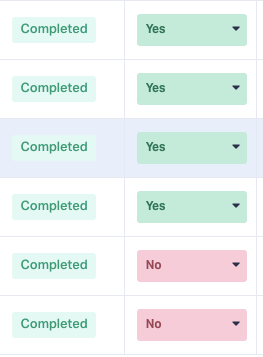
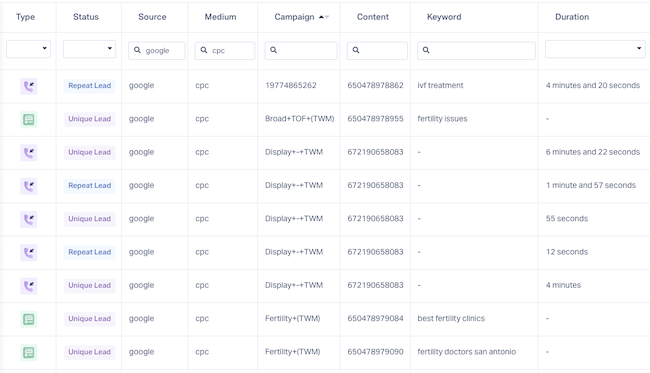

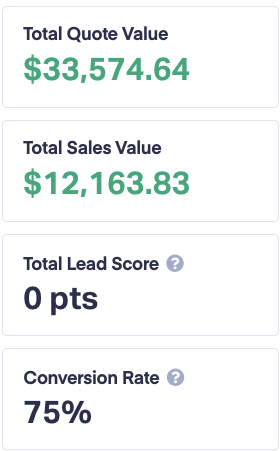
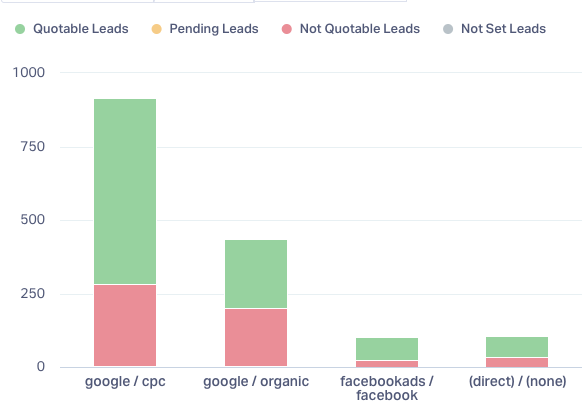
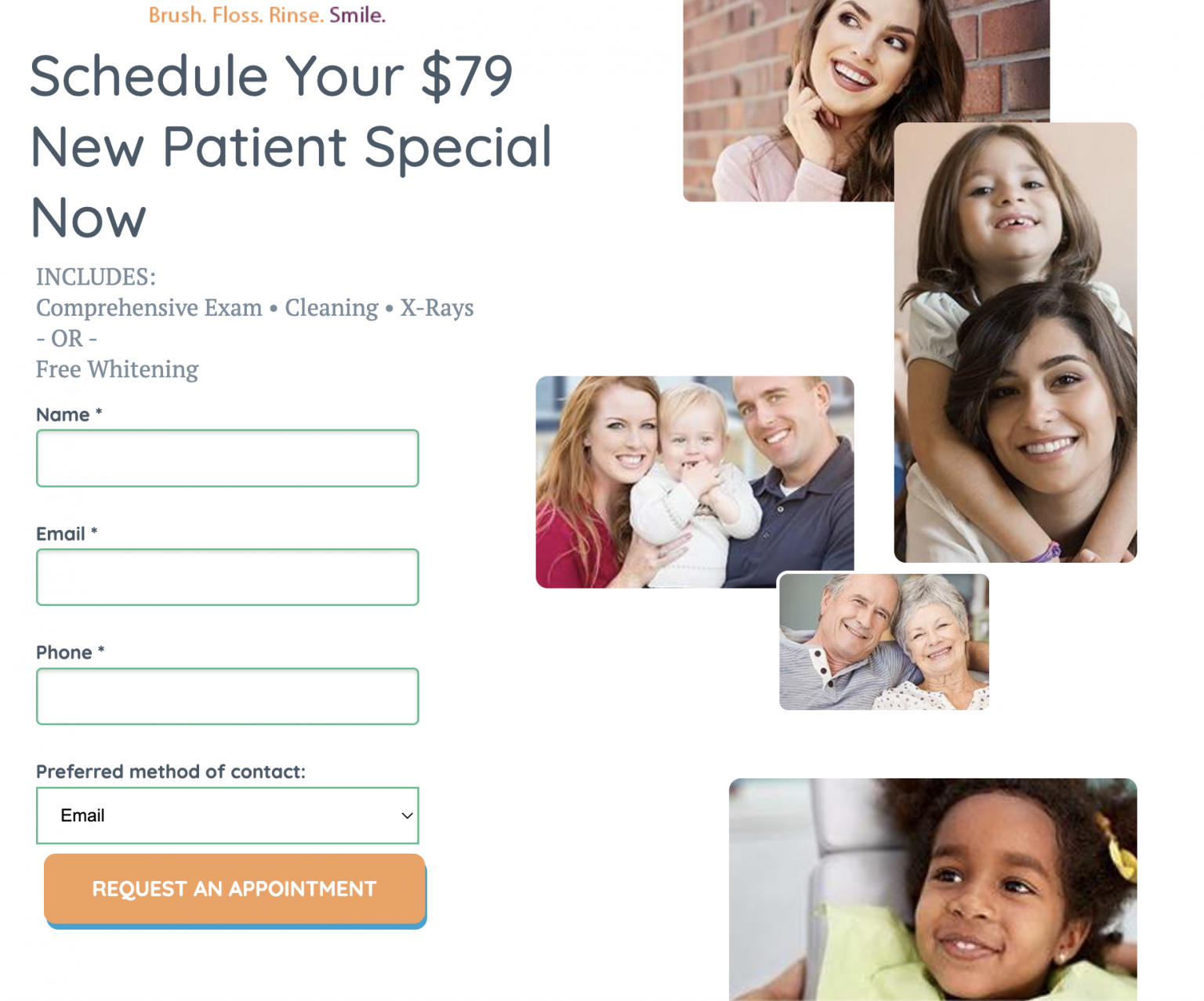
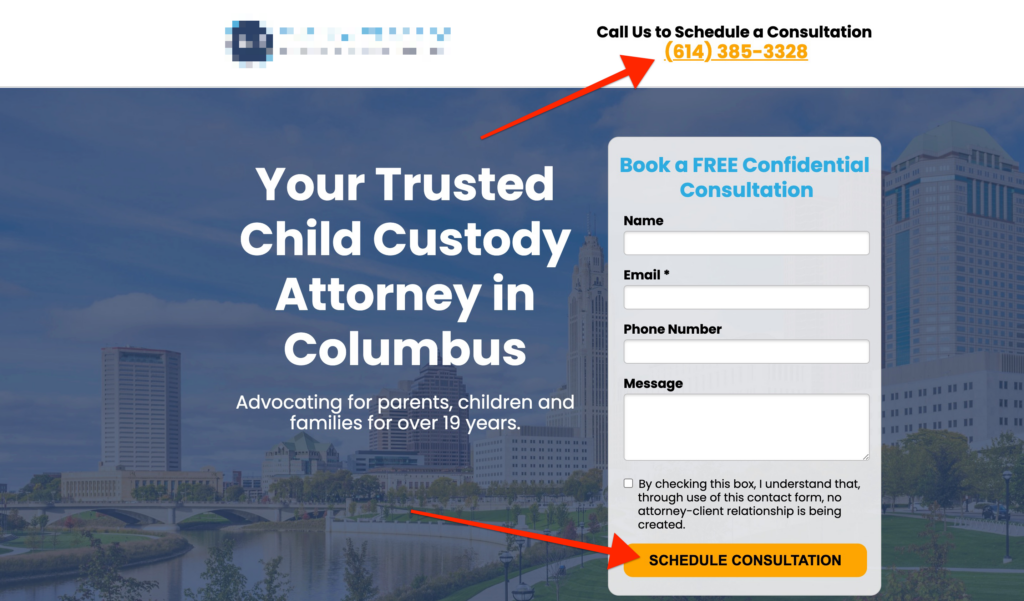
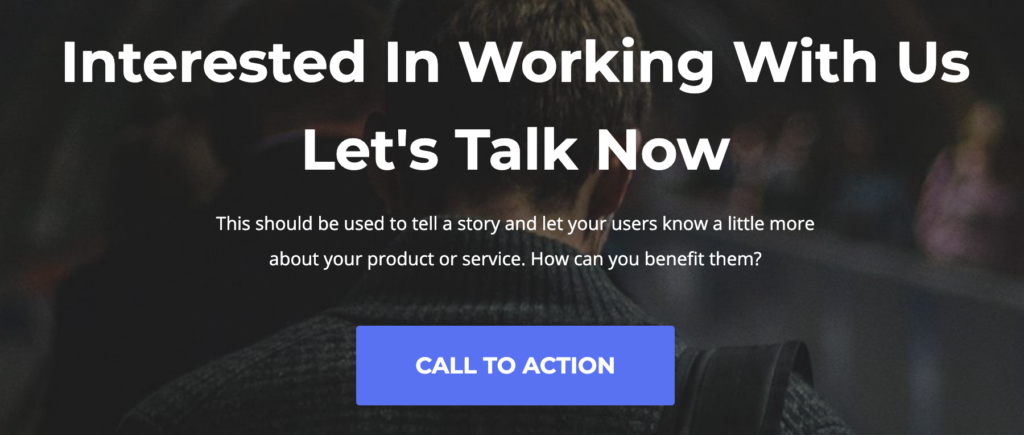
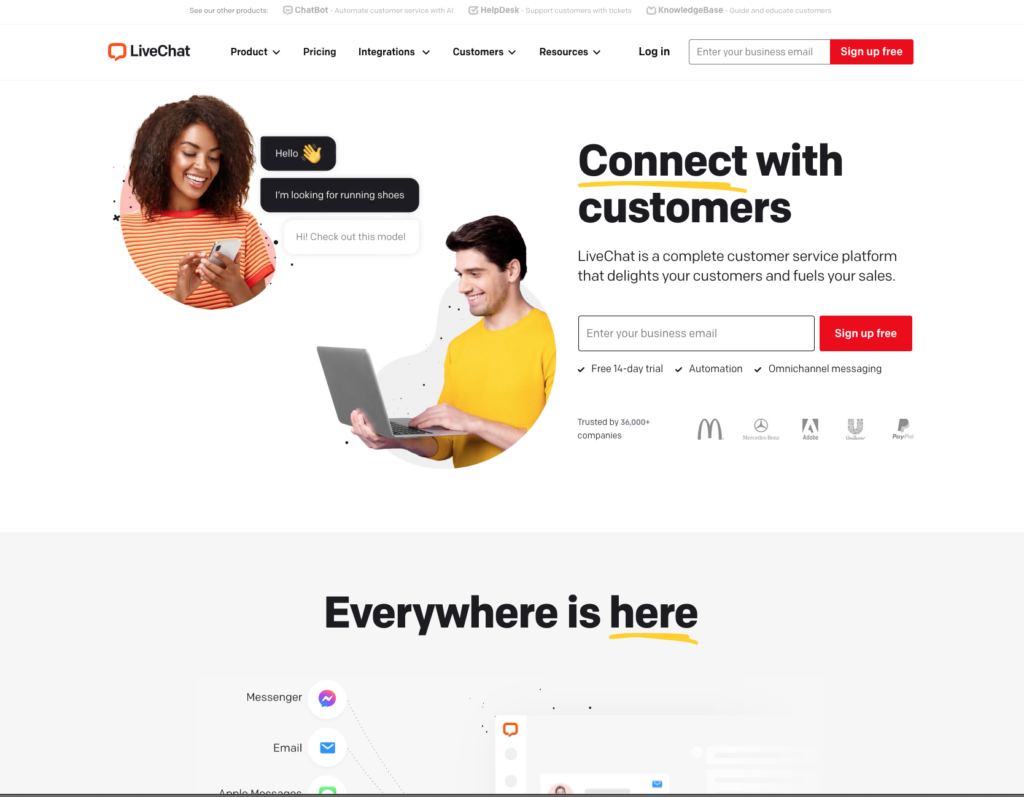
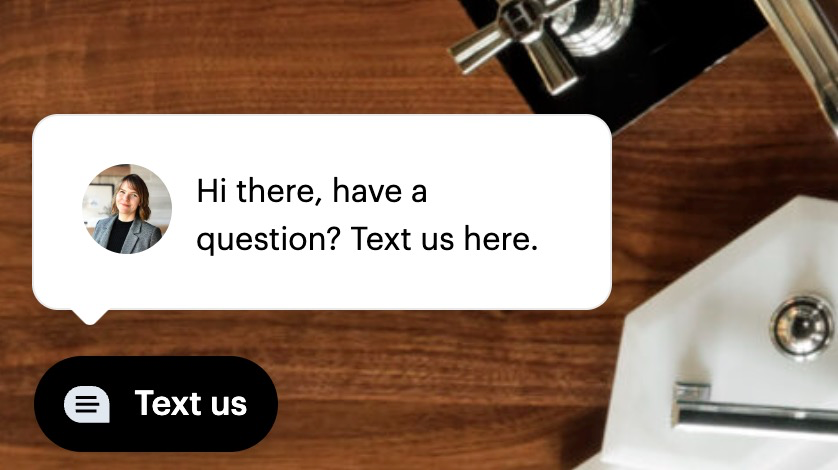
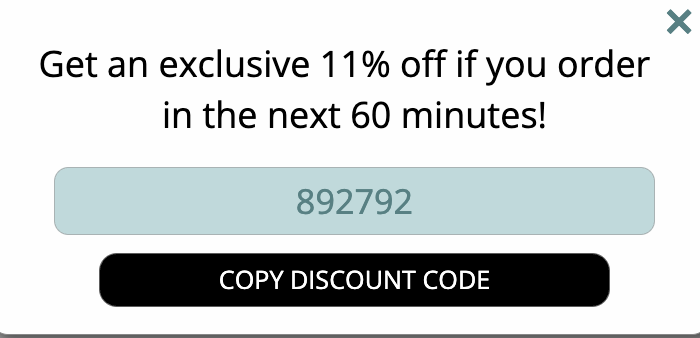
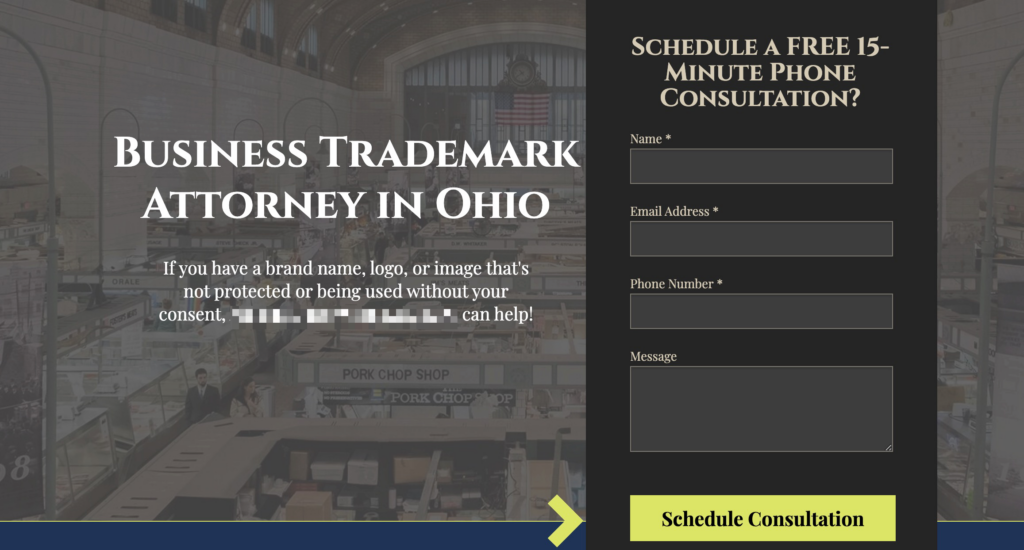



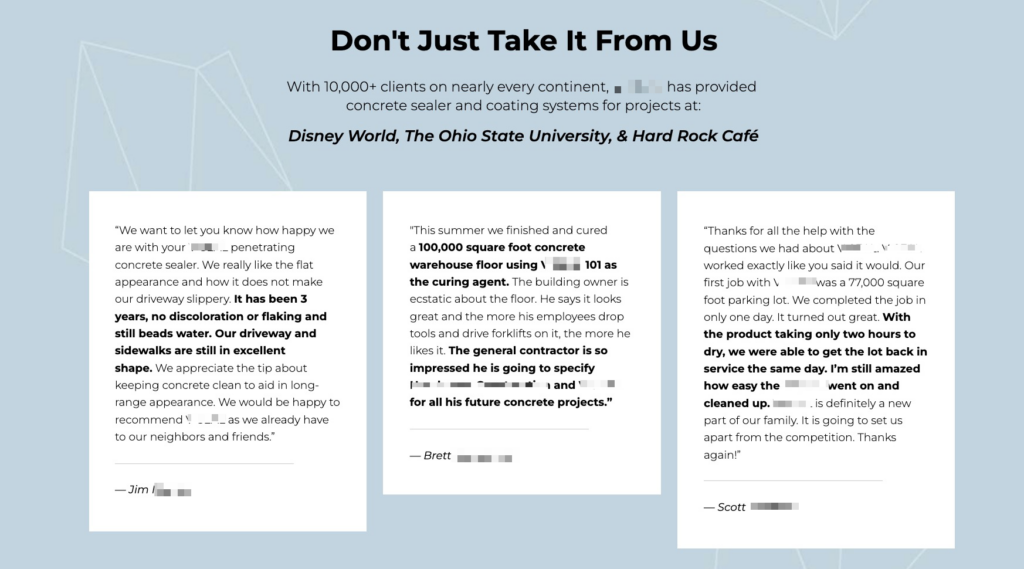
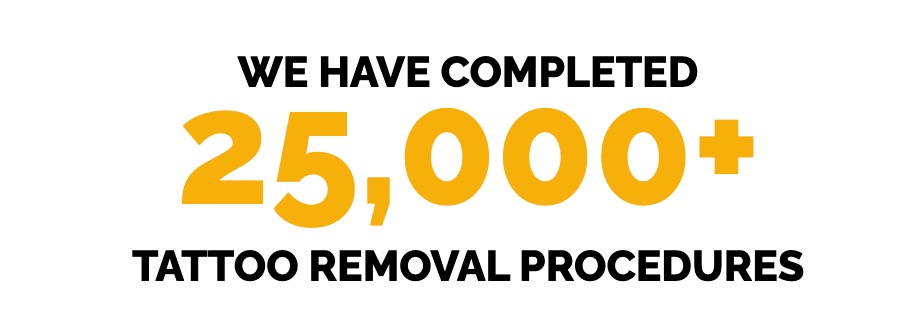
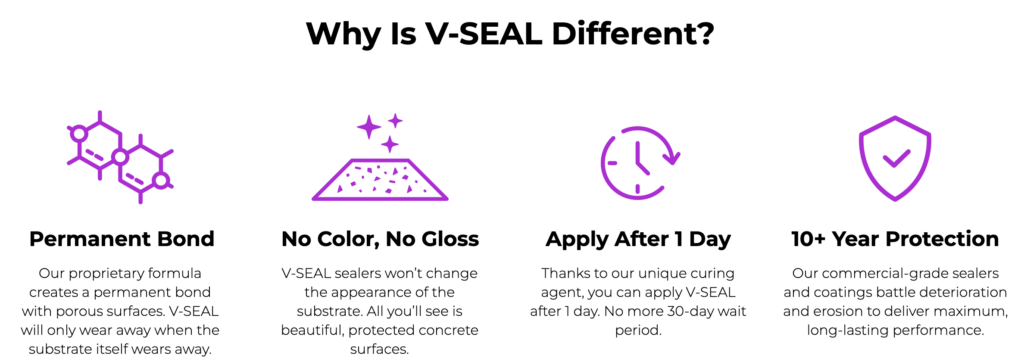
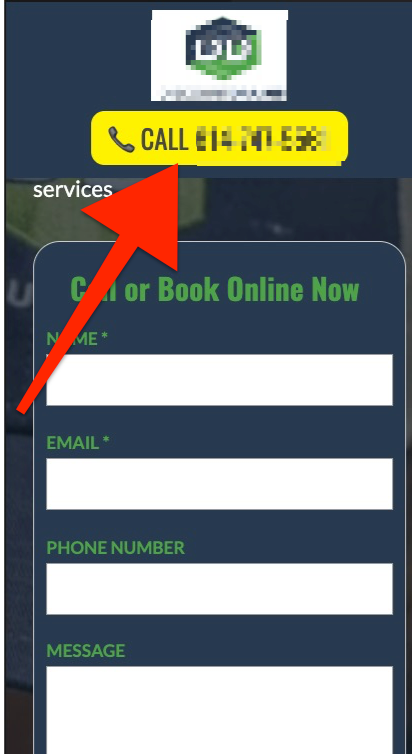

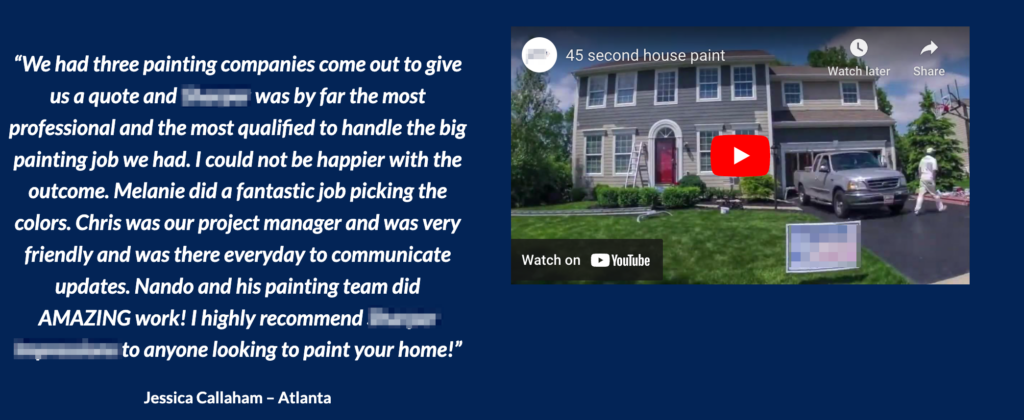
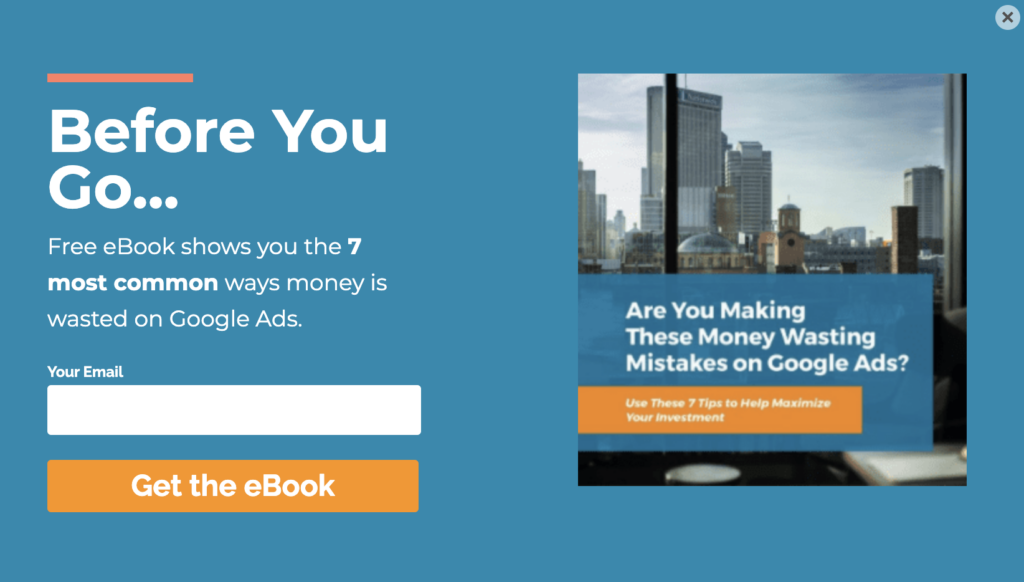
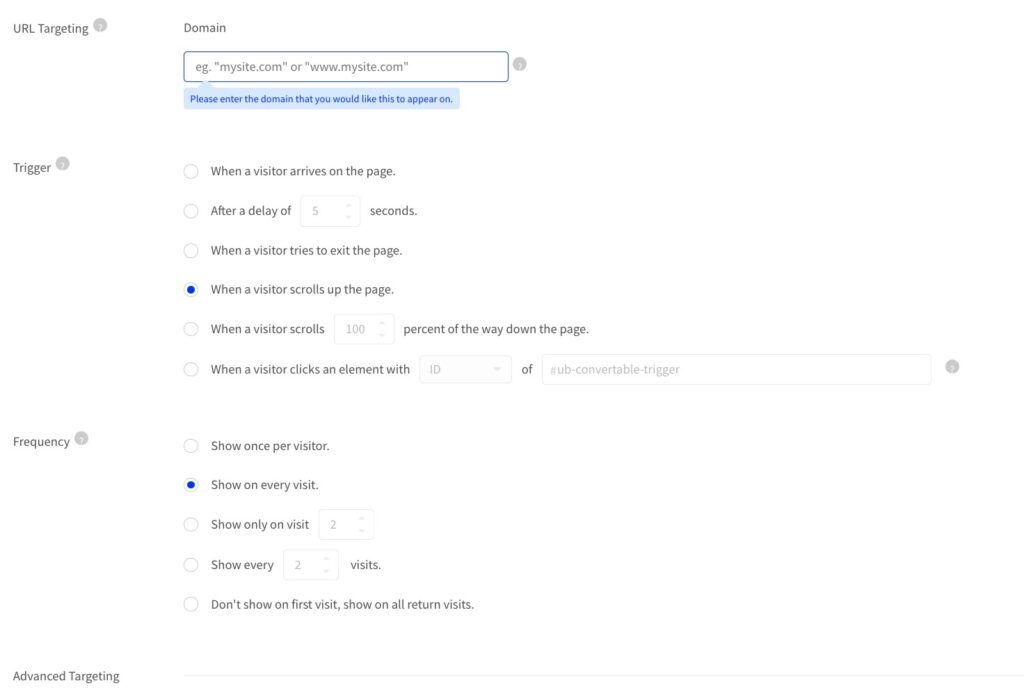
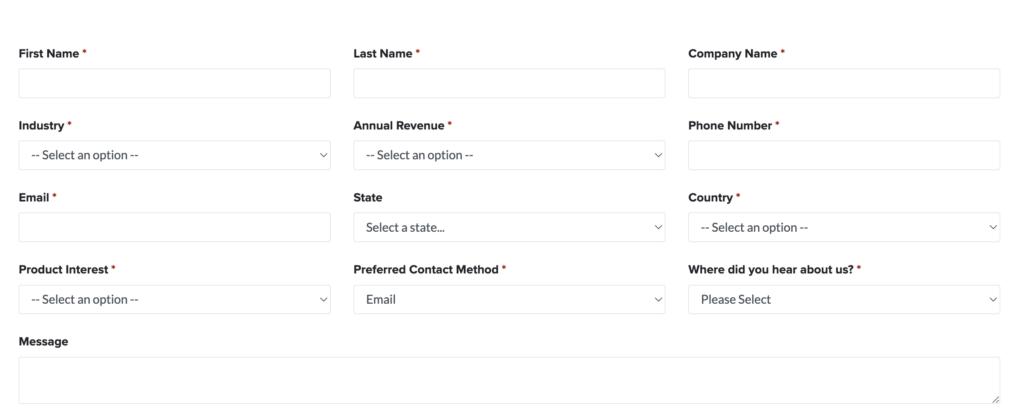
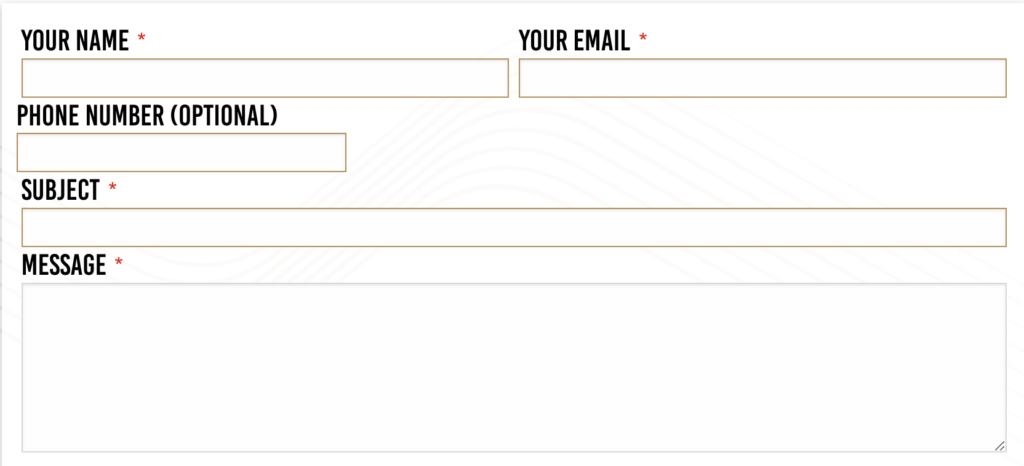
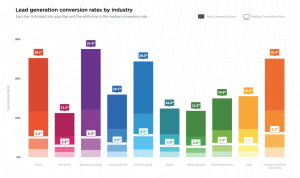
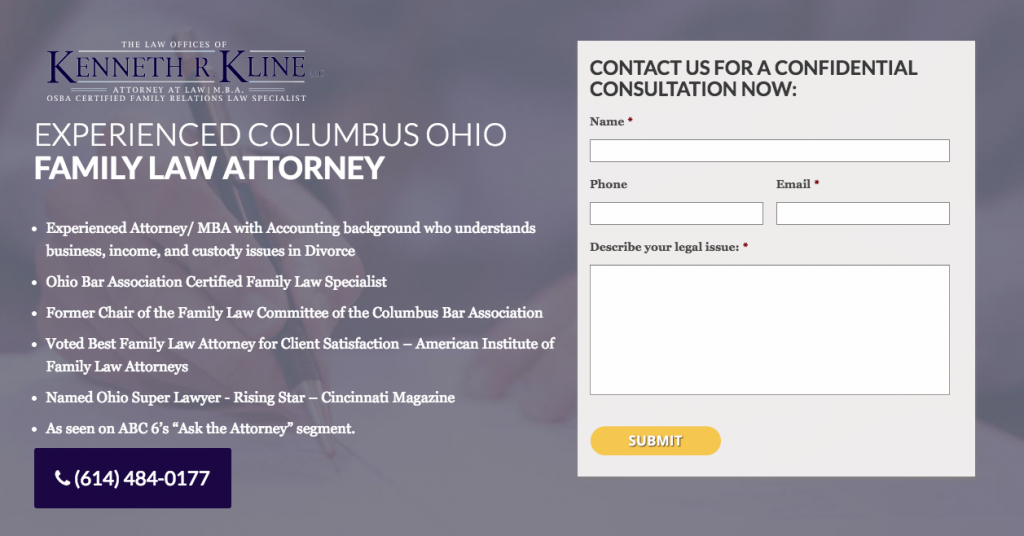 2. Your website is not mobile friendly. This is a huge one. Many companies assume that most of their traffic comes from those searching on their desktop or laptop computers. In some cases, this may be correct, but when it comes to many service-oriented businesses (especially locally), most people will conduct their searches using a mobile device. You need to ensure that your website is mobile-optimized, easy to read and navigate, mobile click-to-call functionality works, and the website contact form works well on a mobile device. Is your website mobile-friendly? Google has a
2. Your website is not mobile friendly. This is a huge one. Many companies assume that most of their traffic comes from those searching on their desktop or laptop computers. In some cases, this may be correct, but when it comes to many service-oriented businesses (especially locally), most people will conduct their searches using a mobile device. You need to ensure that your website is mobile-optimized, easy to read and navigate, mobile click-to-call functionality works, and the website contact form works well on a mobile device. Is your website mobile-friendly? Google has a 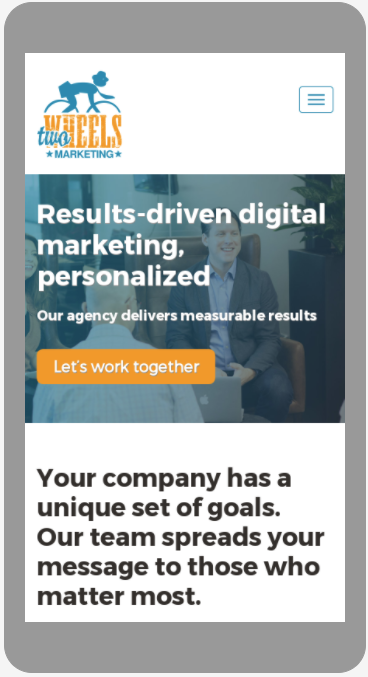

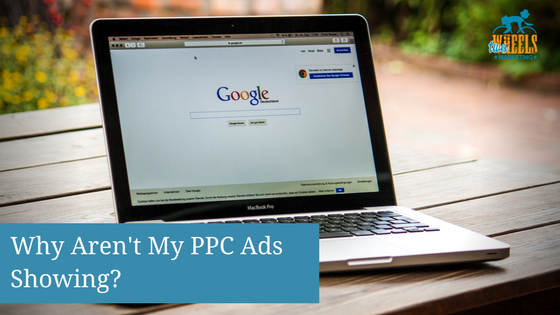 You've spent hours and hours to conduct keyword research to identify the keywords you want your ads to show for. Then you had to spend several more hours constructing your highly-organized campaigns with tight geotargeting and awesome ad extension variations. And finally you've activated your PPC campaigns to start driving that targeted traffic to your site. Only now you aren't seeing your PPC ads at the top of Google for the keywords you bid on. But, why?
You've spent hours and hours to conduct keyword research to identify the keywords you want your ads to show for. Then you had to spend several more hours constructing your highly-organized campaigns with tight geotargeting and awesome ad extension variations. And finally you've activated your PPC campaigns to start driving that targeted traffic to your site. Only now you aren't seeing your PPC ads at the top of Google for the keywords you bid on. But, why?